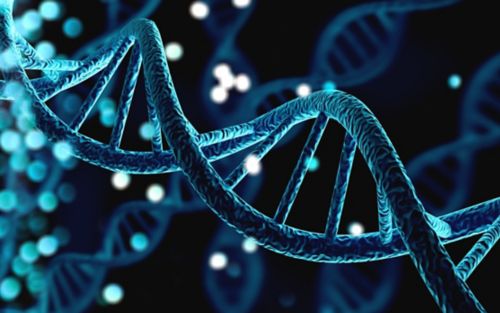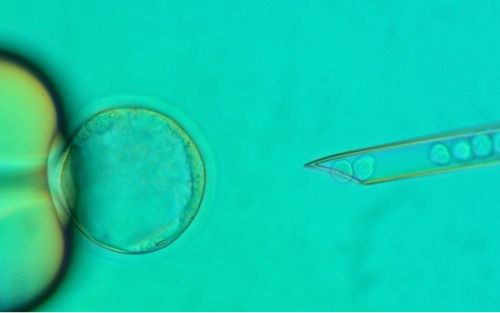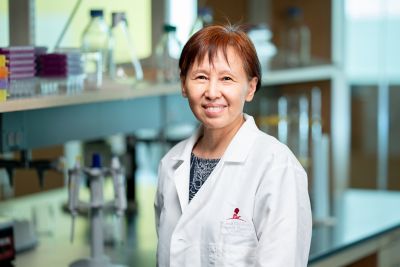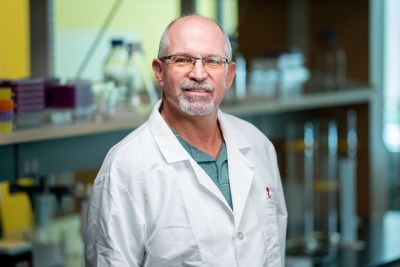St. Jude Family of Websites
Explore our cutting edge research, world-class patient care, career opportunities and more.
St. Jude Children's Research Hospital Home

- Fundraising
St. Jude Family of Websites
Explore our cutting edge research, world-class patient care, career opportunities and more.
St. Jude Children's Research Hospital Home

- Fundraising
GEMM Shared Resource
The GEMM Shared Resource provides full project support for St. Jude investigators interested in developing faithful preclinical models of pediatric malignancies and other diseases.
OVERVIEW
The Genetically Engineered Mouse Model (GEMM) Shared Resource is available for investigators to obtain genetically modified mouse models. Our aim is to assist St. Jude investigators in their research programs to further the mission of St. Jude. We employ state of the art approaches to generate genetically modified mice, including CRISPR/Cas9 and related technologies. The facility also provides gene-targeting service and validated ES cell lines suitable for gene targeting experiments, selectable marker plasmids for construction of gene-targeting vectors, and training in ES cell culture. It also isolates new ES cell lines from any wild type or genetically modified mouse line and, in exceptional cases, cultures and submits for injection external ES cell lines.


IMPACT
GEMM is indispensable as it provides a means by which investigators can study a gene of interest in vivo. This approach is crucial for the identification of therapeutic targets in pediatric disease. GEMM has been utilized by 104 investigators since its inception and acknowledged on over 350 peer-reviewed publications. The GEMM collaborates with the Center for Advanced Genome Engineering (CAGE) in the design of CRISPR/Cas9 generated mouse models. The resource has generated more than 1,000 genetically engineered mouse models to date, making it a significant contributor to translational research efforts at St. Jude.

Most of our work is based on genetically modified mouse models. Certainly, the transgenic core has been critical (to our efforts).
Peter McKinnon, Member
Services and capabilities
- Transgenic Mouse Models – DNA Injection
- Gene Edited Mouse Models – CRISPR/Cas9 Injection
- Gene knockout (1 or 2 gRNAs)
- Single point mutations
- Conditional alleles
- Gene knock in
- Gene knockout (1 or 2 gRNAs)
- ES cell knockout
- ES cell gene targeting
- Establishing de novo ES cell lines
- ES cell culture
- Chimera breeding
Equipment highlights
- (5) Injection rigs suitable for DNA, CRISPR/Cas9
- ES cell injections consist of vibration-free tables
- (2) Leica, (1) Zeiss, and (2) Olympus inverted microscopes outfitted with Narishige or Eppendorf micromanipulators as well as pneumatic and oil filled injectors.
- (10) Leica, Zeiss, Olympus, and Lonza stereoscopes serve for embryo isolation and transplant surgery.
- (3) Bio-Rad Gene Pulser and NEPA21 modules for electroporation of CRISPR/Cas9 reagents.
- (6) Kopf and Sutter pullers
- Additional microscopy, electroporation, and wet lab equipment
TGKSR by the numbers
104
104 investigator collaborations
TGKSR by the numbers
350+
More than 350 peer-reviewed publication contributions
TGKSR by the numbers
>1K
More than 1,000 GEMMs created
Director

Youngwook Ahn, PhD
Director, Research Operations
Youngwook.Ahn@stjude.org
The Team

- Arthur Covington
- Research Services Technologist

- Ling Li
- Lead Researcher

- Jack Sublett
- Scientist